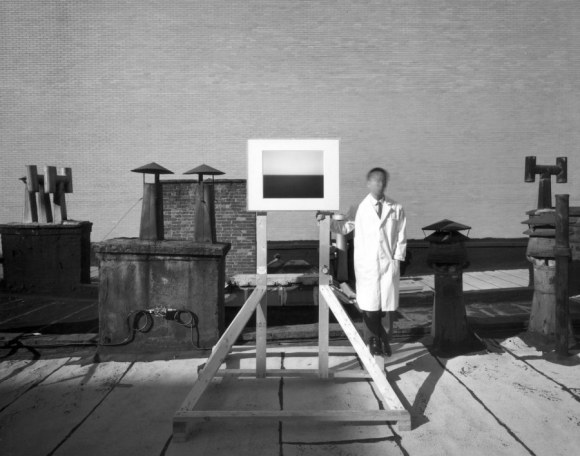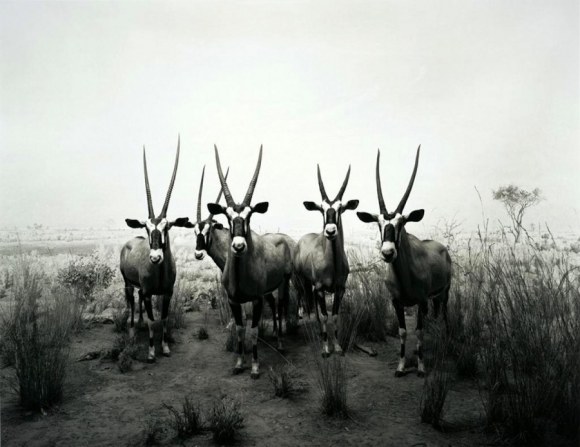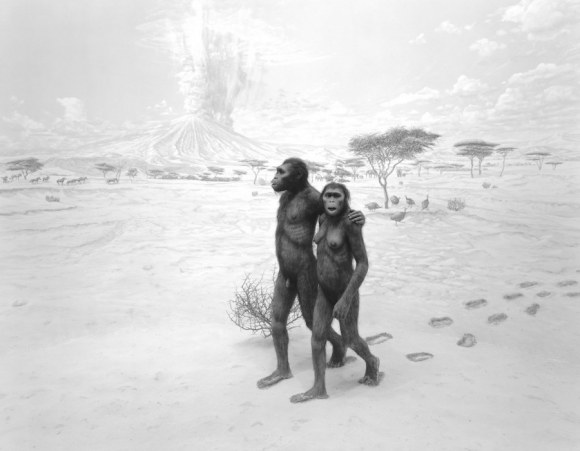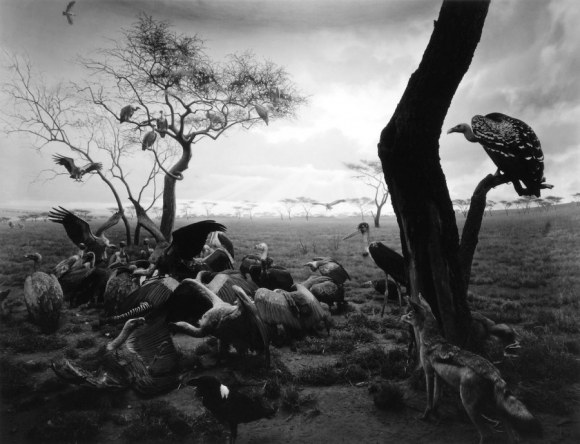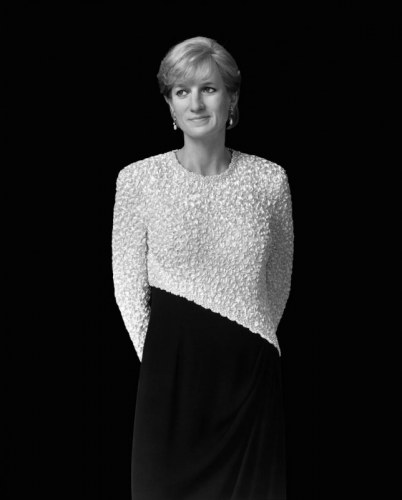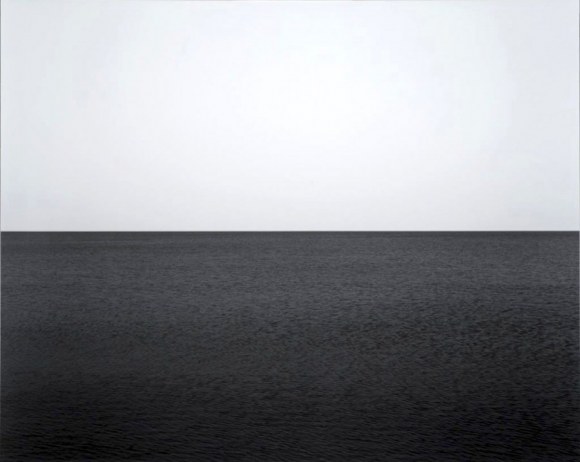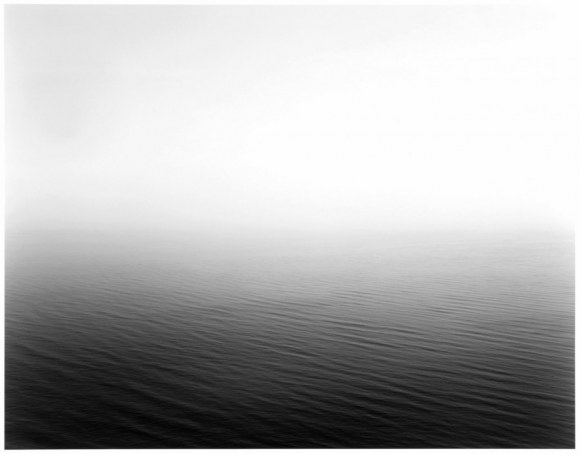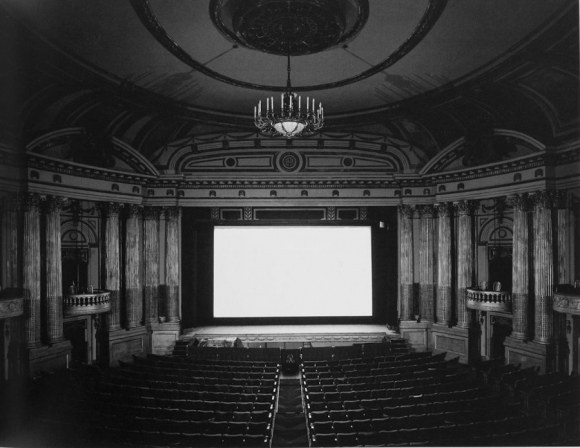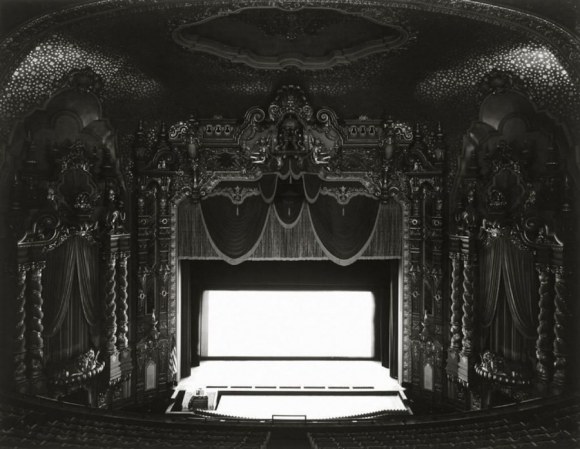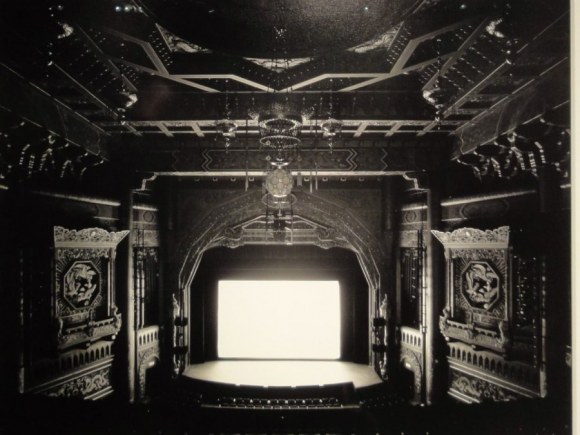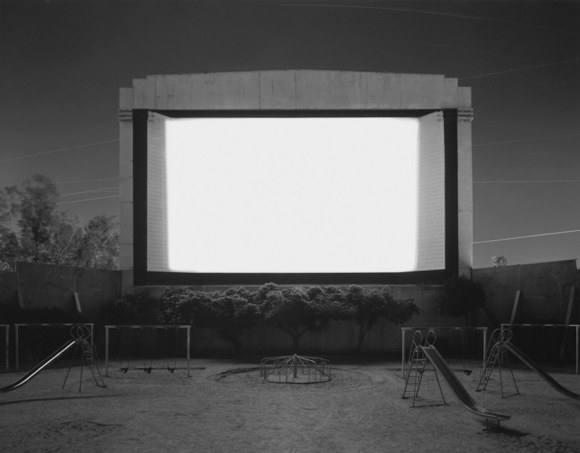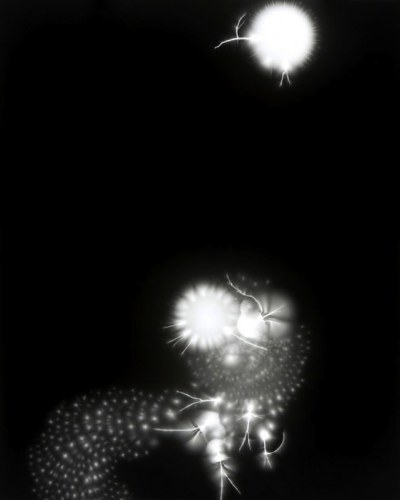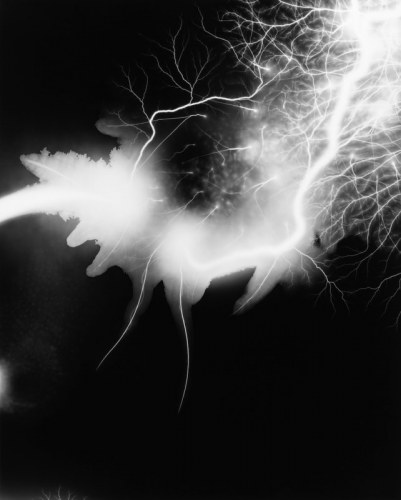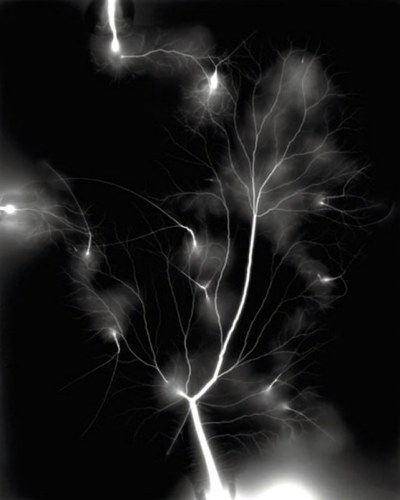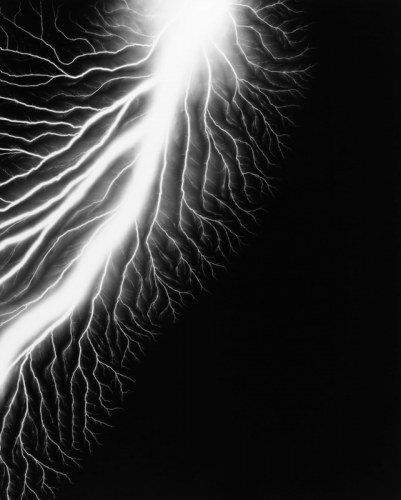Hiroshi Sugimoto
I have to give a big shout out to Beat Takeshi and his fantastic TV show on NHK World, Takeshi Art Beat for introducing me to photographer Hiroshi Sugimoto. Although his body of work is incredibly varied from series to series, what brings it all together is his central themes of time, existence, and perception of reality.
Dioramas
"Upon first arriving in New York in 1974, I did the tourist thing. Eventually I visited the Natural History Museum, where I made a curious discovery: the stuffed animals positioned before painted backdrops looked utterly fake, yet by taking a quick peek with one eye closed, all perspective vanished, and suddenly they looked very real. I'd found a way to see the world as a camera does. However fake the subject, once photographed, it's as good as real."
-Hiroshi Sugimoto
Wax Portraits
"In the sixteenth century, Flemish court painter to the British Crown Hans Holbein the Younger (1497-1543) gave us the imposingly regal portrait of Henry VIII now kept in London's Royal Portrait Gallery. Based on this Holbein portrait, the wax figure artisans of Madame Tussaud's in their consummate skill recreated an absolutely faithful likeness of the king. Which allowed me―based on my own studies into the Renaissance lighting Holbein might have painted by―to re-do the Royal Portrait, substituting photography for painting, the sole recording medium available at the time. If this photograph now appears lifelike to you, you had better reconsider what it means to be alive here and now."
-Hiroshi Sugimoto
Seascapes
"Water and air. So very commonplace are these substances, they hardly attract attention―and yet they vouchsafe our very existence. The beginnings of life are shrouded in myth: Let there be water and air. Living phenomena spontaneously generated from water and air in the presence of light, though that could just as easily suggest random coincidence as a Deity. Let's just say that there happened to be a planet with water and air in our solar system, and moreover at precisely the right distance from the sun for the temperatures required to coax forth life. While hardly inconceivable that at least one such planet should exist in the vast reaches of universe, we search in vain for another similar example. Mystery of mysteries, water and air are right there before us in the sea. Every time I view the sea, I feel a calming sense of security, as if visiting my ancestral home; I embark on a voyage of seeing."
-Hiroshi Sugimoto
Theaters
"I'm a habitual self-interlocutor. Around the time I started photographing at the Natural History Museum, one evening I had a near-hallucinatory vision. The question-and-answer session that led up to this vision went something like this: Suppose you shoot a whole movie in a single frame? And the answer: You get a shining screen. Immediately I sprang into action, experimenting toward realizing this vision. Dressed up as a tourist, I walked into a cheap cinema in the East Village with a large-format camera. As soon as the movie started, I fixed the shutter at a wide-open aperture, and two hours later when the movie finished, I clicked the shutter closed. That evening, I developed the film, and the vision exploded behind my eyes."
-Hiroshi Sugimoto
Electric Fields
"The word electricity is thought to derive from the ancient Greek elektron, meaning “amber.” When subject to friction, materials such as amber and fur produce an effect that we now know as static electricity. Related phenomena were studied in the eighteenth century, most notably by Benjamin Franklin. To test his theory that lightning is electricity, in 1752 Franklin flew a kite in a thunderstorm. He conducted the experiment at great danger to himself; in fact, other researchers were electrocuted while conducting similar experiments. He not only proved his hypothesis, but also that electricity has positive and negative charges. In 1831, Michael Faraday’s formulation of the law of electromagnetic induction led to the invention of electric generators and transformers, which dramatically changed the quality of human life. Far less well-known is that Faraday’s colleague, William Fox Talbot, was the father of calotype photography. Fox Talbot’s momentous discovery of the photosensitive properties of silver alloys led to the development of positive-negative photographic imaging. The idea of observing the effects of electrical discharges on photographic dry plates reflects my desire to re-create the major discoveries of these scientific pioneers in the dark room and verify them with my own eyes."*
-Hiroshi Sugimoto
*He (perhaps intentionally) neglects to mention that the images are not created with a camera. Sugimoto has a Van de Graaff generator in his dark room, where he applies an electrical charge onto the film. It's crazy super genius.
Head over to his online portfolio here and check out the other series that I couldn't fit into this post (like architecture, chamber of horrors, and photogenic drawing). Unfortunately, the images are small and too few. Anthony Luke's not-just-another-photoblog-blog has a great article about his work along with some videos where he discusses his concepts and techniques.

